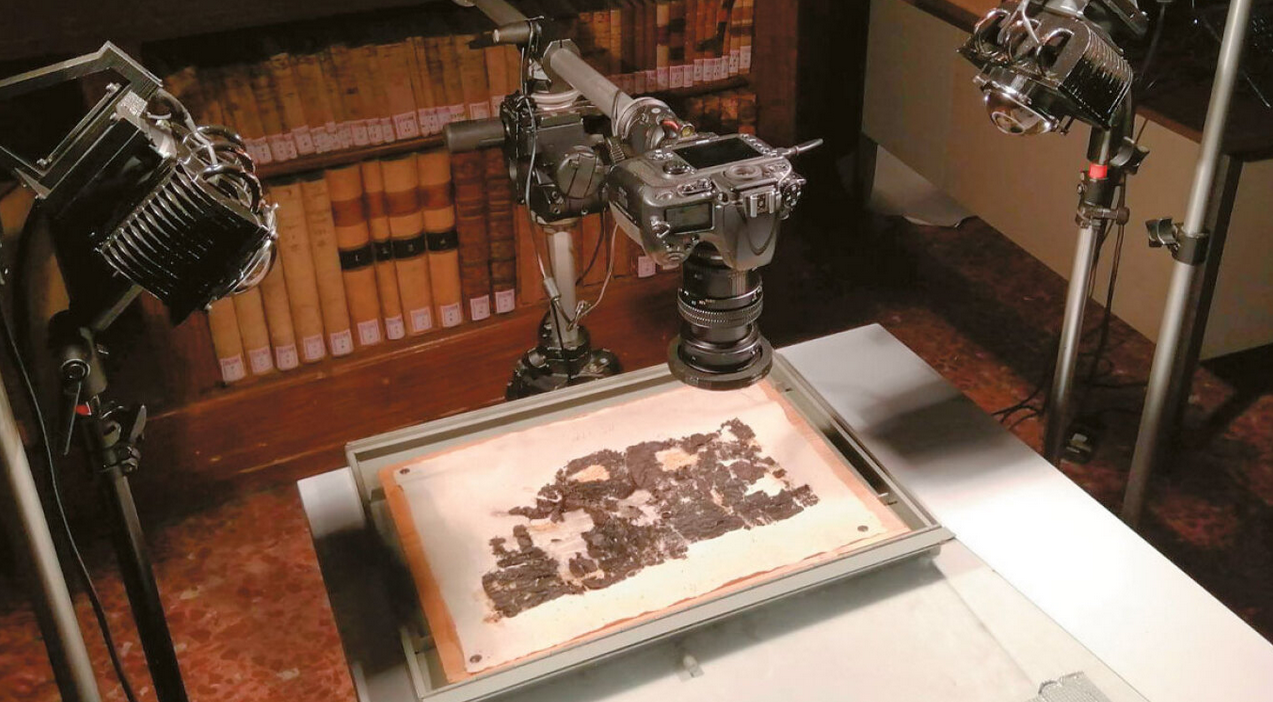Researchers from Tel Aviv University, Israel, have created a micro-robot the size of a single biological cell that navigates using both electricity and magnetic fields and can identify and capture a single cell, opening the door to a vast array of applications.
Inspired by biological “swimmers” such as bacteria and sperm, the researchers developed a micro-robot (about 10 microns across) with the ability to move around the body autonomously or controlled by an operator.
Using a magnetic field to propel the micro-robot, also called a micro-motor, was attractive; it doesn’t require fuel or direct contact between the magnet and body tissues, can be steered accurately, and can function in a wide range of temperatures and solution conductivities. Electrically powered micro-motors offer advantages, such as selective cargo loading, transport and release and the ability to use electricity to “deform” cells, but they have some downsides. So, combining the two was a no-brainer.
Late Bronze Age Trade Hub Explored in Cyprus
“The micro-robots that have operated until now based on an electrical guiding mechanism were not effective in certain environments characterized by relatively high electrical conductivity, such as a physiological environment, where the electric drive is less effective,” said Gilad Yossifon, corresponding author of the study. “This is where the complementary magnetic mechanism comes into play, which is very effective regardless of the electrical conductivity of the environment.”
Read more: New Atlas






































